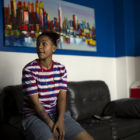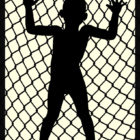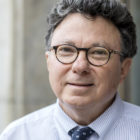
Advocates Hope NY Court Ruling on Warrants for Foster Youth Leads to Reform
|
Christina Young remembers the day the cops came for her at school.
She was fifteen years old -- a sophomore at Murry Bergtraum High School for Business in lower Manhattan. She and four of her friends were sitting together at a table in the school’s large and chaotic cafeteria.







